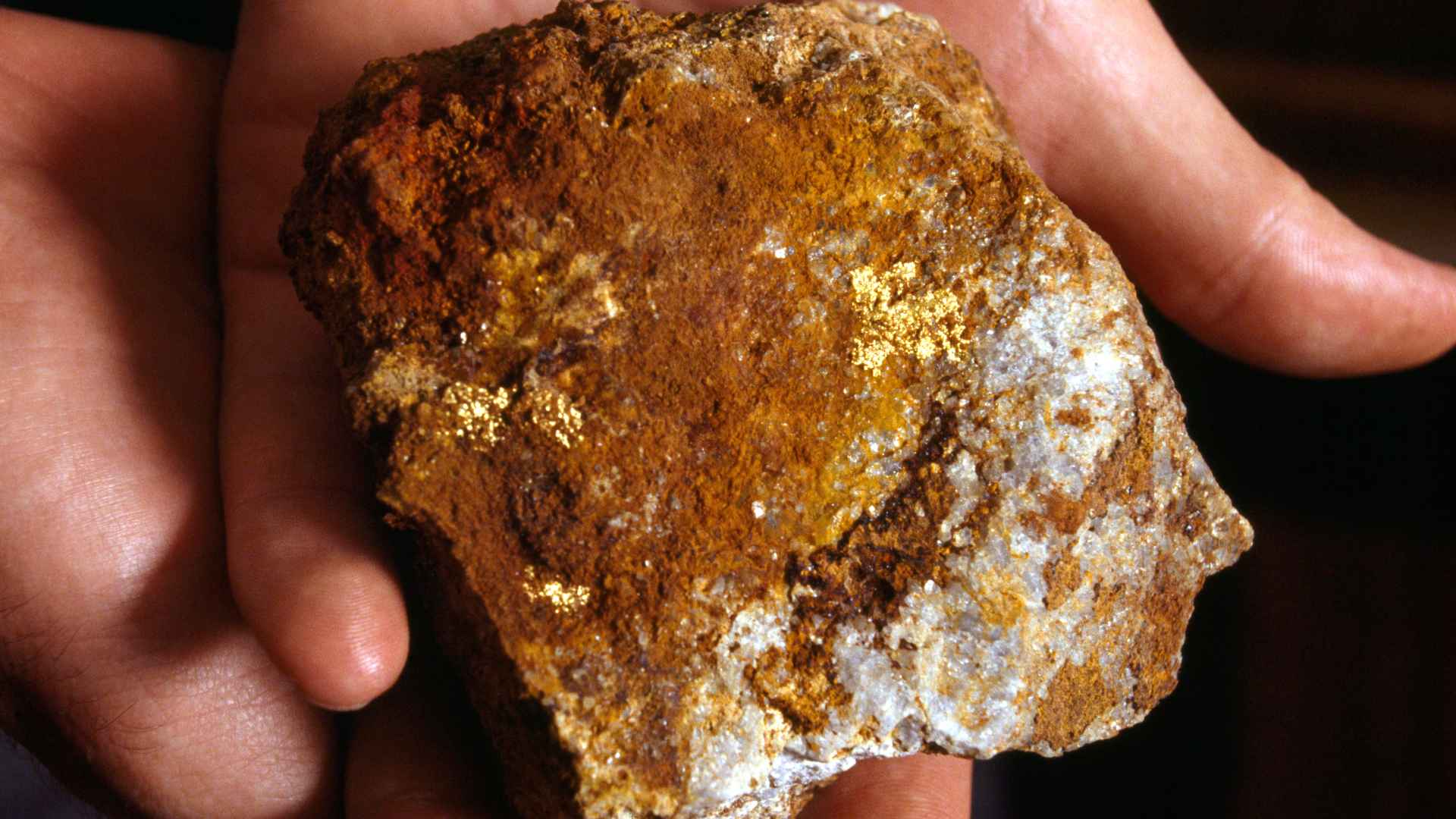Chinese authorities announced in late 2024 the discovery of a massive gold reserve that could reshape the global precious metals market. The deposit, reportedly containing 1,000 metric tons of high-grade ore, is estimated at US$83 billion and could eclipse South Africa’s famed South Deep mine.
In addition to its extraordinary volume, this find could catapult China’s global standing as a top gold producer. The country already boasts reserves exceeding 2,000 tons, contributing around 10 percent of the worldwide output. Experts are divided on whether such a supergiant discovery signals new frontiers or reflects an anomaly in Earth’s diminishing gold stock.
Why the newly discovered ‘supergiant’ gold deposit is raising global attention
The Geological Bureau of Hunan Province has identified 40 gold veins stretching about 2 kilometers below Pingjiang County. Remarkably, just those veins alone could supply up to 300 metric tons of gold. Early 3D modeling suggests additional seams might reach as deep as 3 kilometers, meaning the ultimate reserve could be even larger.
Potentially more astonishing is the quality: each metric ton of extracted ore could hold about 138 grams of gold. Given that standard high-grade ore typically contains more than 8 grams per ton, this new lode is likely to cause ripples in the mining industry. Have you ever wondered how much more gold might lie hidden beneath our feet? Below is a brief table summarizing key facts about this discovery:
| Key Detail | Information |
|---|---|
| Estimated Gold Tonnage | 1,000 metric tons (approx.) |
| Potential Value | Up to US$83 billion |
| Location | Pingjiang County, Hunan Province, China |
| Ore Quality (per ton) | About 138 grams of gold |
| Known Gold Veins | At least 40 identified |
| Possible Depth | Up to 3 kilometers |
The staggering valuation reflects both the quantity and grade of these deposits. Announcements around the find initially drove gold prices higher, a clear sign that investors are closely monitoring any fresh supply source.
How Chinese geological experts confirmed massive gold veins beneath Pingjiang territory
Prospectors analyzed drilling core samples from multiple depths, noting visible gold in numerous sections. Geophysical scans revealed consistent patterns of mineral deposits, leading researchers to believe the deposit extends outward from the original discovery site. Skeptics, however, want additional verification to confirm the true size and profitability.
In March 2024, a treasure hunter in England found what was possibly the biggest gold nugget in that country, fueling global enthusiasm for new discoveries. Interestingly, more recent studies in Australia indicate earthquakes may play a key role in forming large gold nuggets. So, is the Earth still brimming with undiscovered treasures?
Could new discoveries of precious resources redefine our understanding of Earth’s riches?
Many geologists agree the planet’s gold supply is finite, formed in ancient stellar processes long before Earth took shape. Even so, breakthroughs like this supergiant deposit suggest we might still be far from exhausting economically viable veins. Further testing around Hunan may reveal additional extensions, reinforcing China’s dominance in the gold market.
Ultimately, there is much to learn from every new gold strike, whether it’s revealing fresh geologic processes or pushing the boundaries of mining technology. For now, stakeholders worldwide will watch closely to see if the Pingjiang findings deliver on their vast promise.

